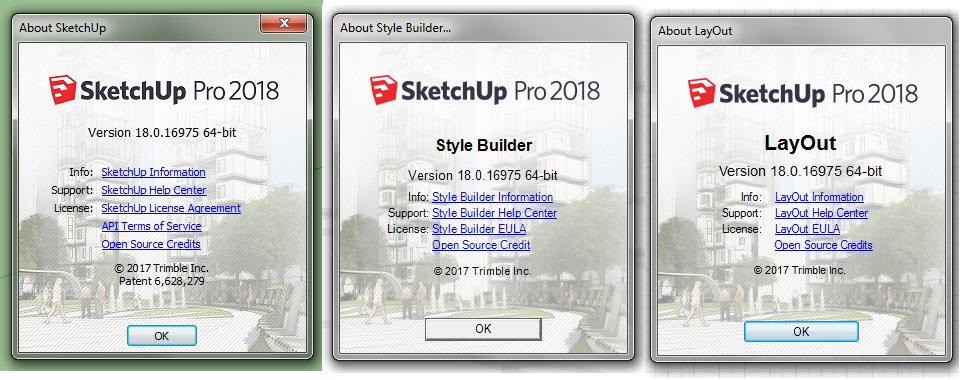

Using Dome light setting, the lights come from HDRI map as direct light, and all kinds of effects like shadows, reflection, etc… will be apparent. This can be illustrated in test render sample (see image 2.0/ Setting 2.1.B and Setting 2.2.B). Whether installed on SketchUp 2016 or 2019 the product is identical. The shadow in Dome light+ HDRI setting appears to be smoother than Vray sun setting. V-Ray Next is available for SketchUp 2016, 2017, 20. Follow the parameters set-up I made for this test render experiment (See image 2.1 Dome light Setting). Here’s a rundown of what’s new in V-Ray 3.6 for Sketchup. For the first time, we’re releasing this version at the same time as Trimble releases SketchUp 2018, so you can start using the newest features of both immediately. To change the parameters for Dome light follow the procedures: under ‘Vray Asset Editor’> go to ‘Lights’> click the Vray Dome light> under Light dome, you can see two main parameters (Main and Options). With V-Ray 3.6 for SketchUp, we’re bringing cutting-edge features from V-Ray for Max and Maya to SketchUp. In order to set-up the Dome light: click the Dome light icon and place it in your SketchUp scene. This application has empowered SketchUp with some very advanced rendering capabilities.

Thus, optimizing the Dome light settings is important in order to produce a suitable environment in relation to HDRI map. V-Ray for SketchUp 2016-2018 is an advnced and handy 3D modeling application which can be used for creating different drawing projects like interior designs, architecture and 3D printing. Using Vray for SketchUp, when loading a Dome light+ HDRI in default setting, the render result will be darker in nature (See image 2.0/ Setting 2.1.A).


 0 kommentar(er)
0 kommentar(er)
